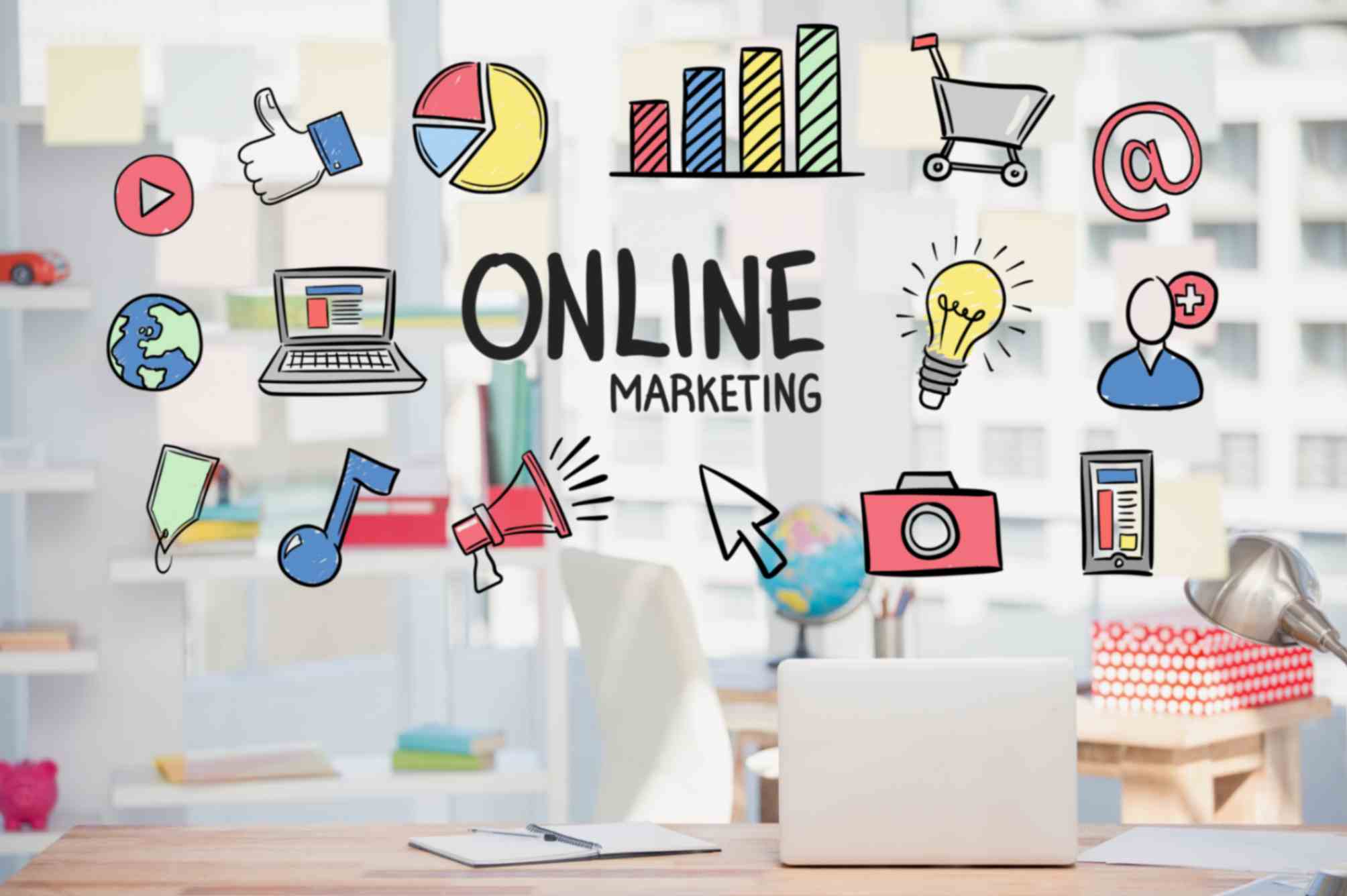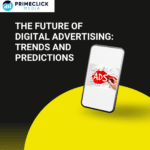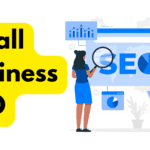What is a Digital Marketing Strategy?
A Digital Marketing Strategy helps businesses advertise online using tools like social media, email, search engines, and websites. It tells them who they are trying to reach, what kind of content to create, how much money to spend, and how to see if it’s working. This plan helps businesses set clear goals, choose the best online tools, and track their progress to improve their online presence, attract more customers, and boost sales.
Improved Brand Awareness
Improved brand awareness boosts a company’s visibility and recognition, creating a strong, memorable image for consumers. Improved brand awareness builds trust and credibility, making it easier for customers to pick your brand over others. It also encourages customer loyalty and repeat business. Using strategies like targeted ads, interesting content, and consistent messaging boosts your brand’s visibility, leading to more visitors and sales. A well-known brand strengthens your market position, draws in new customers, and builds better relationships with current ones, supporting long-term business success and growth.
Setting SMART Goals for Your Digital Marketing Strategy
Setting SMART goals for digital marketing strategy means creating clear and practical objectives that are:
Specific: Clearly define what you want to achieve, like increasing website traffic.
Measurable: Use numbers to measure progress, like aiming for a 20% rise in visitors.
Achievable: Set doable goals based on your resources and abilities.
Relevant: Ensure goals match your overall business aims, like improving brand awareness.
Time-bound: Set deadlines for reaching your goals, like within six months.
Aligning Goals with Business Objectives
Aligning goals with business objectives means making sure your digital marketing efforts help your company’s main aims. First, know what your business wants to achieve, like making more money or reaching new markets. Then, set digital marketing goals that help with these aims, like increasing online sales or growing your social media. This way, all your marketing actions support your business strategy, making them more effective. Linking your marketing goals to your business goals improves your chances of success and helps your company do better overall.
Tracking and Measuring Success
Tracking and measuring success is key to reaching your goals and is also a crucial part of your digital marketing strategy. Start by setting clear goals, like how many sales you want or how many people visit your website. Use tools like analytics software to collect and check data often. Compare your actual results with your goals to see how you’re doing and find ways to improve. Change your plans based on what you learn to get better results. Regularly check your progress to stay on track and make smart choices. By often measuring and analyzing your performance, you can improve your methods, boost efficiency, and achieve your goals more effectively.
What is a Buyer Persona?
A buyer persona is a profile of your ideal customer, created from research and real data. It includes information like age, gender, and income, as well as their habits, interests, and problems. Making a buyer persona helps businesses understand their target audience better and adjust marketing and products to meet their needs. This makes marketing more effective, boosts customer satisfaction, and helps connect with the right people by focusing on what’s important to them.
Creating Buyer Personas
Creating buyer personas means making detailed profiles of your ideal customers using research. Start by gathering information from surveys, interviews, and market studies to understand their age, interests, habits, and problems.Find common traits to create different personas for various customer groups. Use these personas to adjust your marketing, products, and messages to fit their needs. Regularly update these profiles with new data to keep them accurate. This helps you connect better with customers, improve their satisfaction, and achieve better business results.
Choosing the Right Digital Marketing Channels
Choosing the right digital marketing channels is key to success. First, find out who your audience is and where they spend time online. For example, use Instagram for young people and LinkedIn for professionals. Think about your goals, like brand awareness, getting leads, or making sales. Use SEO and content marketing to grow your audience naturally. Use PPC and social media ads for quick results. Don’t forget email marketing for direct communication. Regularly review your results and tweak your strategy to make sure you’re using the best channels for your business.
Social Media
Social media platforms like Facebook, Instagram, Twitter, and LinkedIn help brands connect with their audience, share content, and run ads. They build brand awareness, drive traffic, and let you interact with users. Instagram is good for pictures, LinkedIn for professional connections, and Twitter for quick updates. To do well in social media marketing, make interesting posts, reply to comments, and check your results to improve your approach.
Email Marketing
Email marketing means sending emails to people who have signed up to get updates. It’s a direct way to share promotions, and news, or build relationships. To be effective, write catchy subject lines, offer useful content, and include clear actions for readers to take. Regularly check how many people open your emails and click on links to improve your approach and make sure your emails connect with your audience.
SEO
SEO (Search Engine Optimization) and content marketing are crucial for boosting your website’s visibility on search engines. SEO focuses on optimizing your site with keywords and improving its structure so it ranks higher in search results. Content marketing involves creating valuable and relevant content, such as blog posts, articles, and guides, to attract and engage your audience. When combined, these strategies drive organic traffic to your site, establish your authority, and provide information that addresses your audience’s needs. Regularly updating your content and ensuring its quality is essential for maintaining and improving your search engine rankings.
PPC
Pay-per-click advertising means paying for ads on sites like Google, Facebook, and Instagram to promote your products or services. These ads quickly reach the right people, drive traffic to your site, and increase sales or leads. You can set budgets, target specific audiences, and track how well your ads are doing with metrics like clicks and conversions. Regularly checking these results helps you improve your ads and get the best outcome from your marketing efforts.





